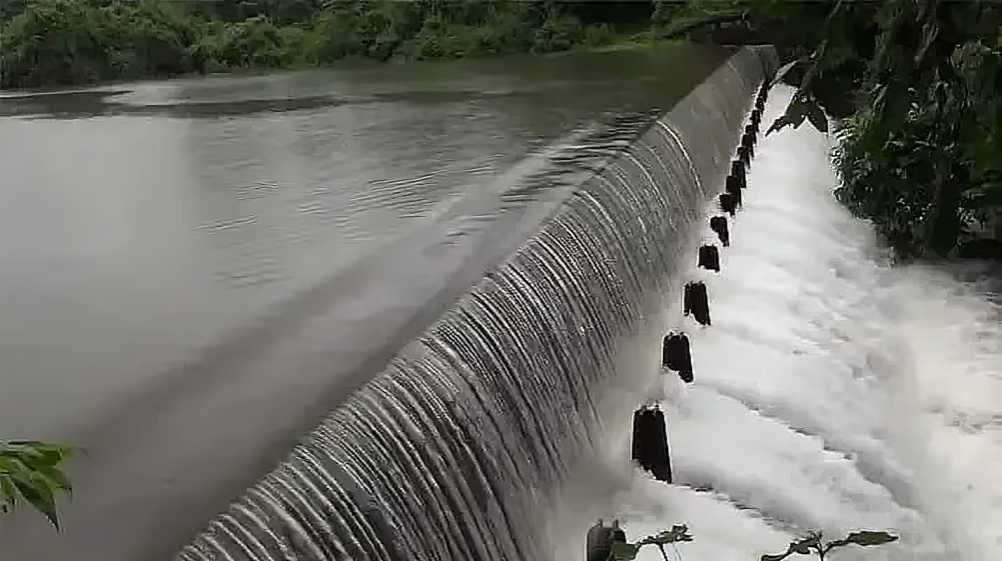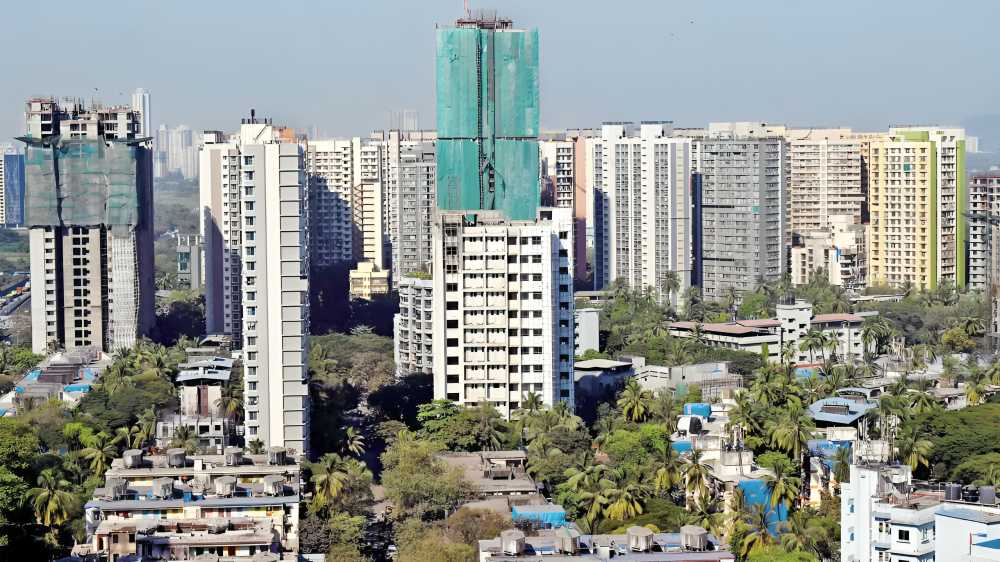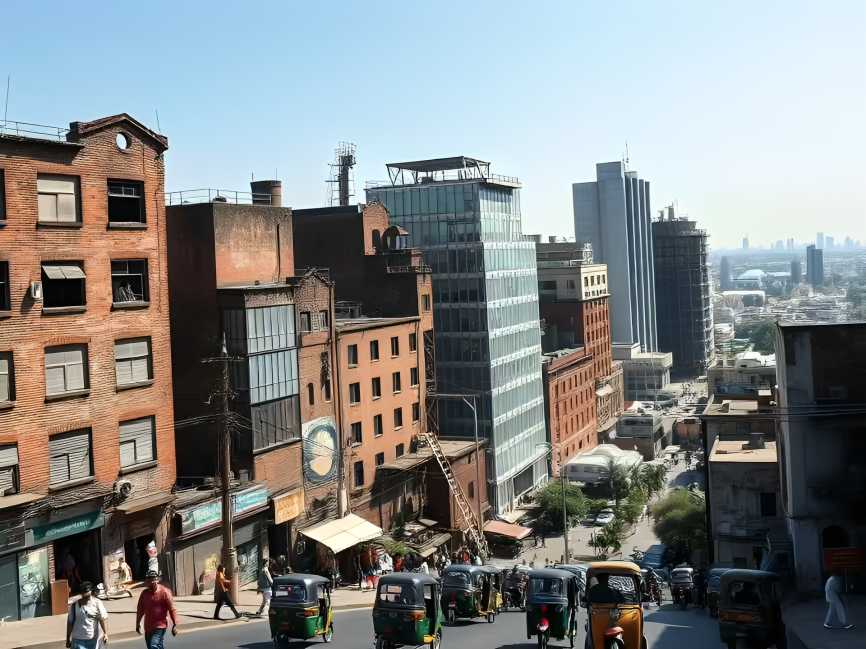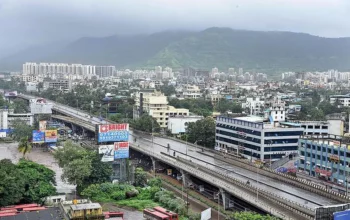September 27, 2025: Good monsoon rains remain crucial for maintaining Mumbai’s water supply, yet the journey from distant dams to residents’ taps is a testament to meticulous planning and relentless effort. Every day, Mumbaikars receive around 4,000 million litres of treated water, a process overseen by the Brihanmumbai Municipal Corporation (BMC) and its often unsung heroes.
The city draws its water from seven sources: Tulsi and Vihar lakes within Mumbai, and Modak Sagar, Tansa, Middle Vaitarna, Upper Vaitarna, and Bhatsa in Palghar, Thane, and Nashik districts. Water travels through 650 km of transmission mains and 5,500 km of distribution pipelines before being treated at Panjrapur and Bhandup—the largest water treatment plant in Asia—to meet Bureau of Indian Standards requirements. It is then stored in 27 reservoirs and distributed across the city, with chaviwalas operating valves to ensure timely supply of two to six hours daily.
With rising demand due to urbanisation and pollution, Mumbai’s daily requirement has climbed to 4,463 MLD and is expected to reach 6,535 MLD by 2041. To address this, the BMC is constructing the Gargai Dam (440 MLD) and implementing projects such as the Pinjal Dam and the Damanganga-Pinjal river-linking initiative. Plans also include desalination plants and advanced tertiary treatment facilities to recycle wastewater for non-potable use.
Despite these efforts, challenges remain: 14,087 leakage complaints were recorded in the first half of 2025, while staff shortages continue, with over 3,600 posts vacant. Maintaining pipelines across forested and remote areas also poses difficulties.
Nevertheless, civic officials praise the department’s efficiency. “Pipe burst repairs are treated as emergencies, handled on a war footing. Engineers work tirelessly to keep the supply uninterrupted,” said Abhijeet Bangar, Additional Municipal Commissioner (Projects).
Vinod Gholap of the Fight for Right Foundation added, “Mumbai’s water network—from dam to tap—is impressive. Citizens must also conserve water, recognising its value and the effort behind every drop.”
Source: The Free Press Journal





